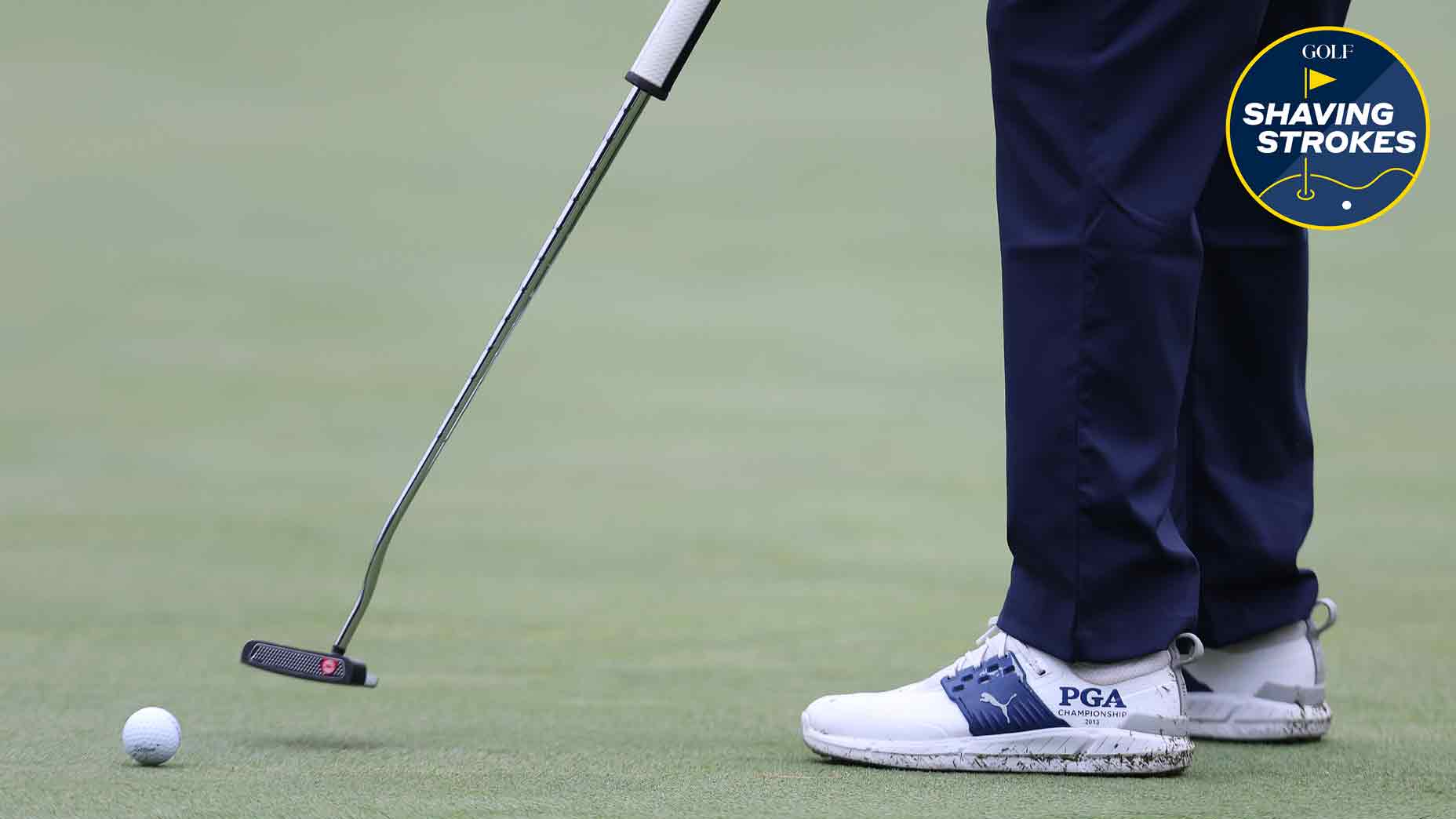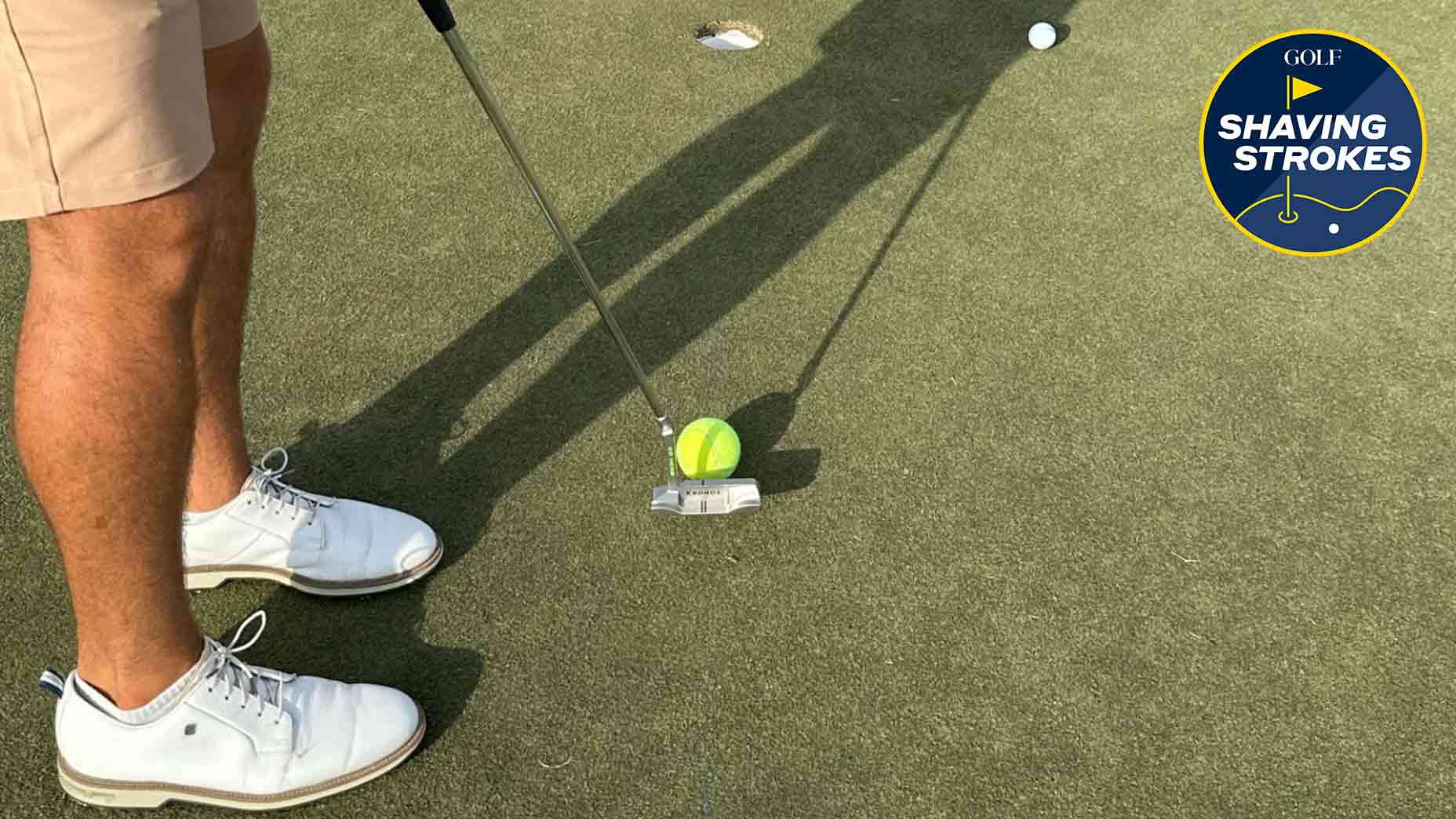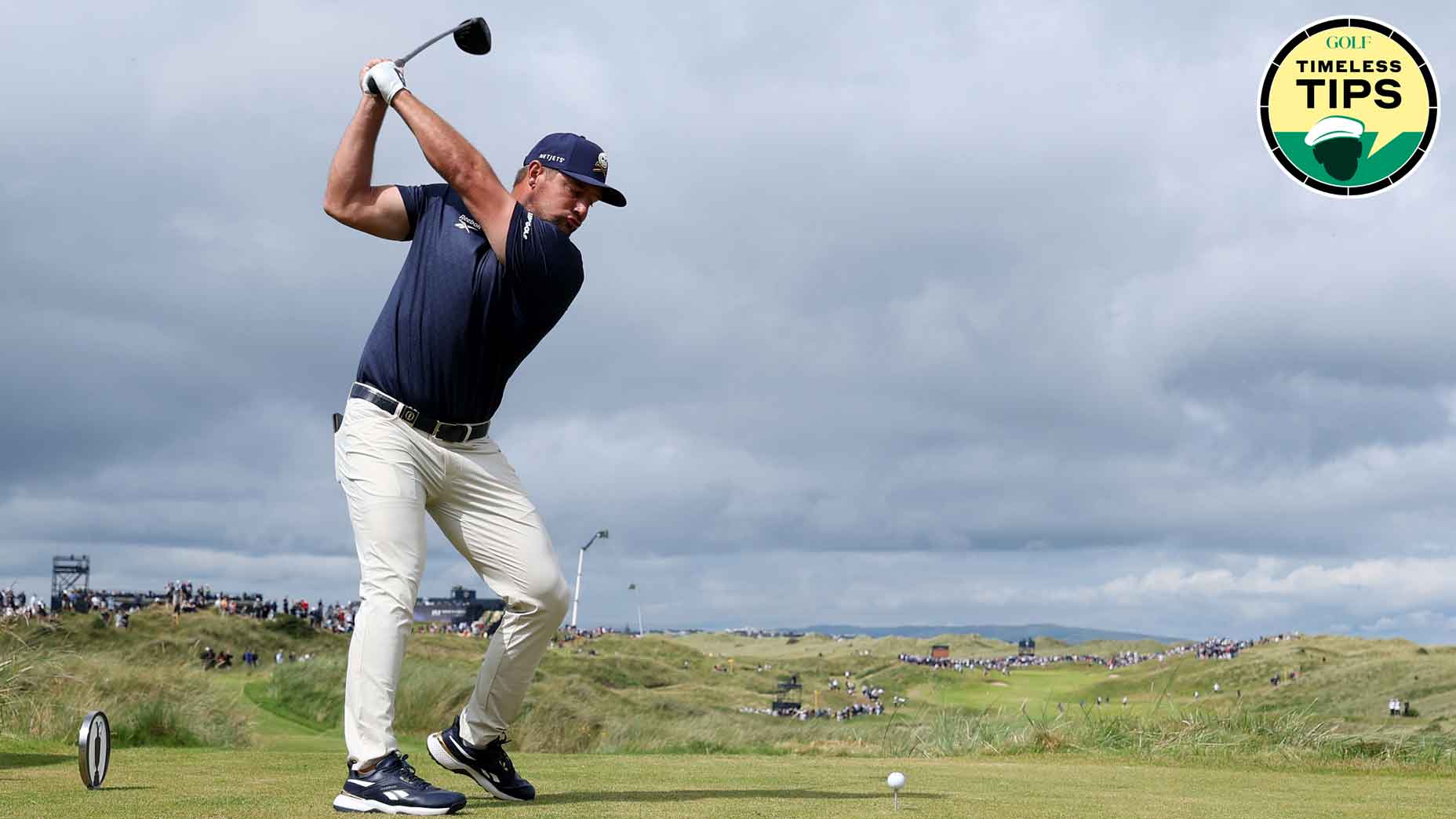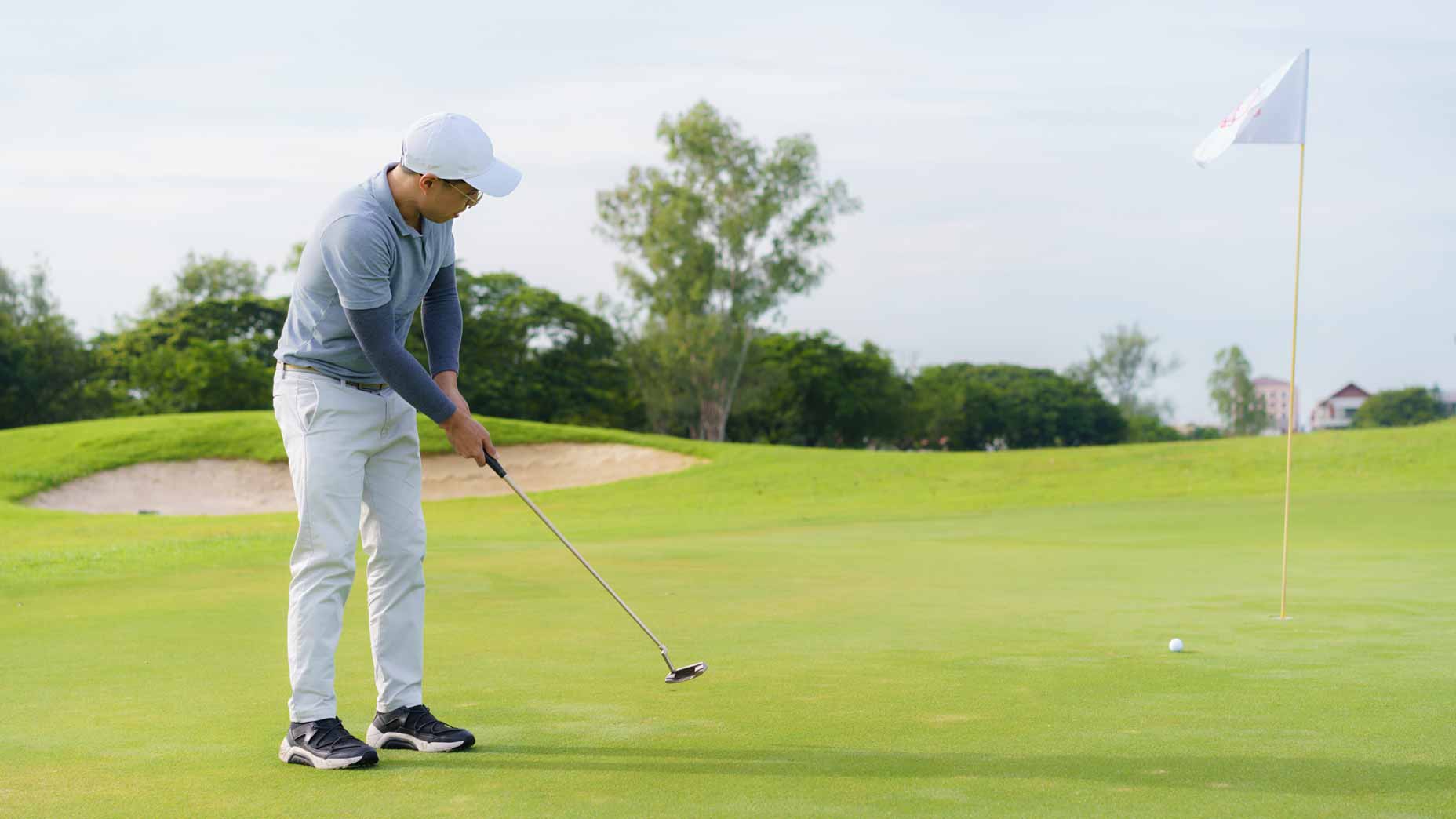Welcome to Shaving Strokes, a GOLF.com series in which we’re sharing improvements, learnings and takeaways from amateur golfers just like you — including some of the speed bumps and challenges they faced along the way.
When it comes to shaving strokes off your score, what’s the quickest way to do so? If you think it’s bombing it off the tee and gaining yardage with the driver, you’d be sorely mistaken. That’s because improved putting is the fastest way to lower numbers.
Think about it, if all else is equal between you and your playing partners — with each hitting it 275 yards and having decent iron shots and above-average wedge play — the player who putts the best will win.
Also, unlike the full swing, making adjustments to your putting can be adopted quickly and effectively.
A tennis ball reveals *a lot* about your putting stroke. (Seriously!)By: Joe Hallett, Top 100 Teacher , Nick Dimengo
Instead of going for more swing speed or working on your angle of attack with irons or wedges, which can take months to achieve, golfers of all skill levels can play around with different putter types, grips and setups and see success after a few hours on the practice green.
But to see the success you want on the greens, it means understanding the most important parts of putting.
In the video below, Scott Curry — a putting coach and green-reading specialist with over 20 years of experience in the golf industry — squashes a misconception about putting.
According to Curry, too many players worry about only their strokes and not all of the elements of piutting. So take a look to see what he says you must really focus on to become a sniper with the flat stick.
The 4 most critical parts of putting
According to Curry, most players (and short-game teachers) prioritize only the putting stroke and ignore other key elements.
“One of the biggest misconceptions about putting instruction is that the most important part is the putting stroke,” Curry says. “I would say that the putting stroke is actually only about 25 percent of all of putting.”
Ben Crenshaw says these are the 3 keys to being a great putterBy: Zephyr Melton
Curry identifies three other key components that every player must master to improve their putting ability.
“Aim, right? That has to be number one. It has to be the most important part,” he says. “You think about distance control, that has to be super important. You think about green-reading [as well]; those three are at least equally as important as the putting stroke.”
Curry says if you’re only working on your putting stroke to improve on the greens, you’ll be disappointed with the results.
“You know, a lot of instructors out there right now are so focused on the putting stroke that they’re missing out on the reasons that golfers are actually missing putts,” he adds.
So the key to becoming a better putter is to dial in your putting stroke, learn how to aim properly, understand how to manage your distance, and then have the ability to read greens. By combining all of that together, your putter can become a stroke-saving weapon that other players can’t match.
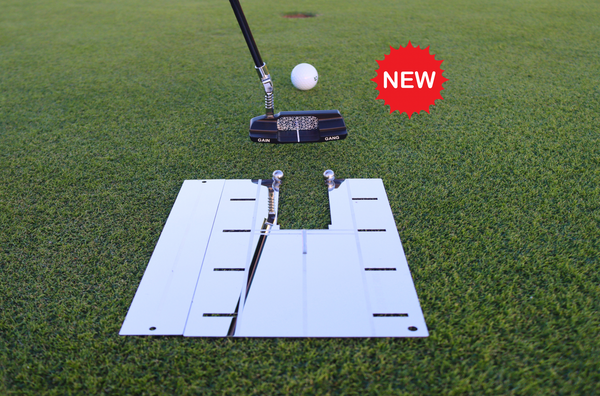
Short Game Gains Signature Stainless Steel Putting Mirror
View Product
Latest In Instruction

Nick Dimengo
Golf.com Editor
